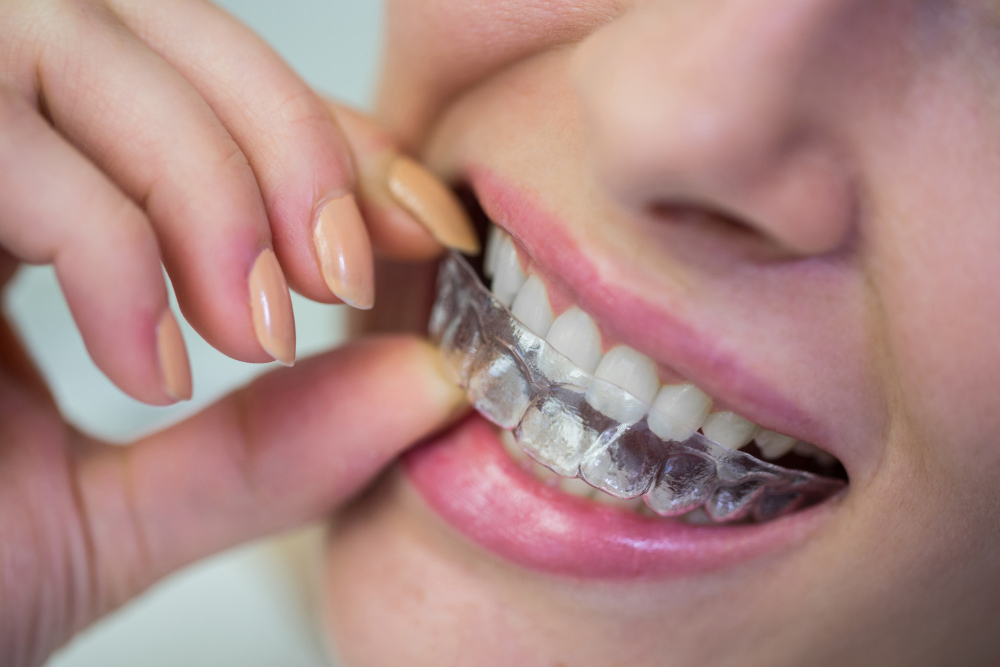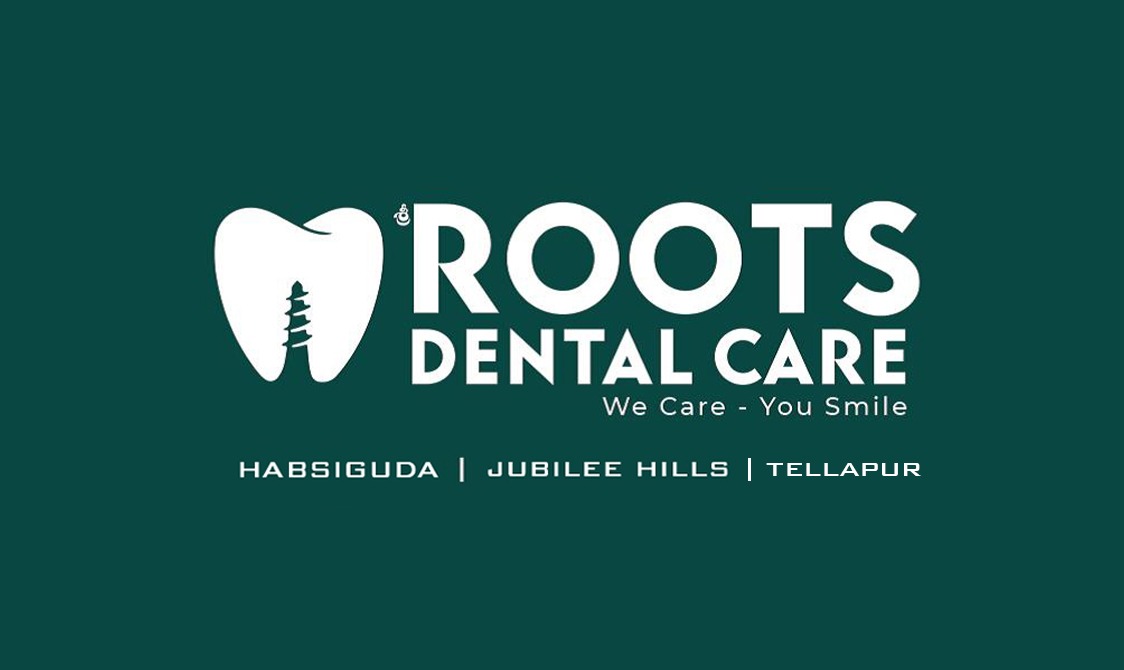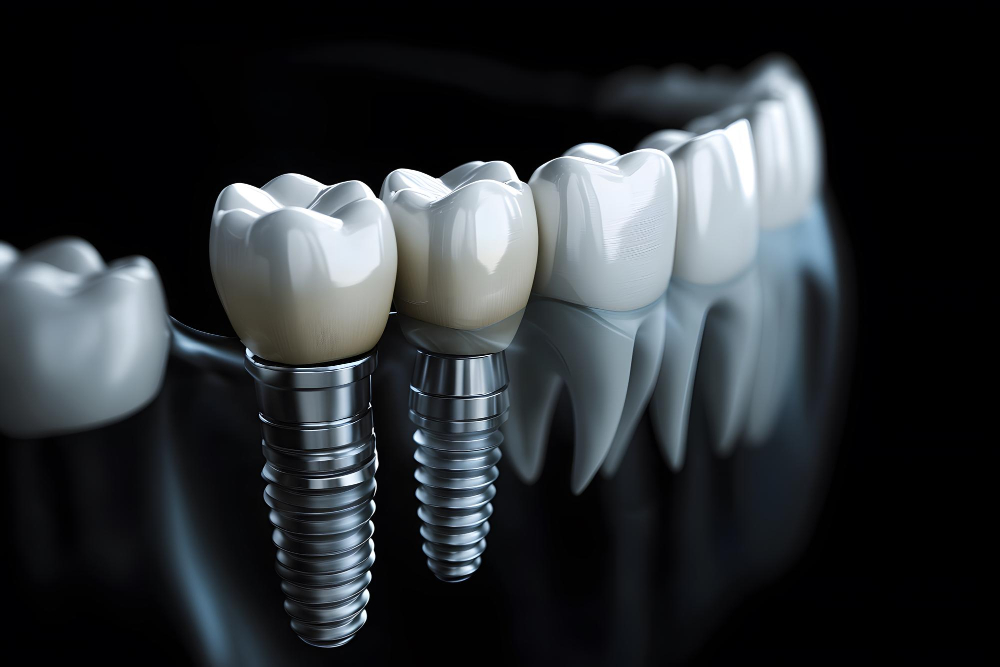
Orthodontics has evolved significantly over the years, with multiple teeth-straightening options now available for individuals seeking to improve their smile. Among the most prominent choices are Invisalign and traditional braces. While both methods aim to correct misaligned teeth and improve oral health, they differ greatly in terms of design, functionality, comfort, and aesthetics.
In this detailed blog, we will dive into the specifics of Invisalign vs. traditional braces, comparing their advantages, disadvantages, costs, maintenance, and more. By the end, you’ll have a clearer idea of which orthodontic treatment might be the right choice for you.
1. Understanding Invisalign and Traditional Braces
Before diving into the comparison, it’s essential to understand what Invisalign and traditional braces are:
Invisalign:
Invisalign is a modern orthodontic solution that involves the use of clear, removable aligners to straighten teeth. These aligners are custom-made for each patient using 3D imaging and gradually shift the teeth into the desired position.
Traditional Braces:
Traditional braces, on the other hand, are fixed dental appliances made of metal brackets and wires. These brackets are attached to the teeth and adjusted periodically by an orthodontist to move the teeth into alignment.
2. Aesthetic Appeal
Invisalign:
One of the main reasons patients opt for Invisalign is its nearly invisible appearance. Made from transparent plastic, Invisalign aligners are discreet, allowing patients to go through treatment without feeling self-conscious about their smile. This aesthetic appeal makes Invisalign particularly popular among adults and teenagers who are concerned about the look of metal braces.
Traditional Braces:
Traditional braces are more noticeable, featuring metal brackets and wires. For patients seeking less visible treatment options, traditional braces can be a drawback. However, some modern alternatives include ceramic braces, which use tooth-colored brackets, but they are still more visible than Invisalign.
3. Comfort and Convenience
Invisalign:
Invisalign aligners are custom-made to fit snugly over the teeth and are typically more comfortable than traditional braces. Because they are made from smooth plastic, patients experience less irritation to the gums and inner cheeks. Moreover, Invisalign aligners are removable, which allows for easy eating, brushing, and flossing. This flexibility provides an added layer of convenience.
Traditional Braces:
Traditional braces are fixed in place, meaning they can sometimes cause discomfort, particularly after adjustments when pressure on the teeth is increased. The brackets and wires can also rub against the soft tissues of the mouth, causing sores or irritation. Moreover, because they are fixed, patients need to adapt to dietary restrictions (such as avoiding hard or sticky foods) to prevent damage to the braces.
4. Treatment Duration
Invisalign:
The duration of treatment with Invisalign depends on the complexity of the case but typically ranges from 12 to 18 months. However, for patients with more severe dental issues, treatment might take longer. One key aspect of Invisalign treatment is the need for patients to wear the aligners for at least 22 hours per day to achieve optimal results.
Traditional Braces:
Traditional braces are often used for more complex cases and might take longer to complete, with the average treatment time being around 18 to 24 months. However, braces are worn 24/7, which means they continuously work to move teeth, sometimes reducing treatment time for more complicated cases.
5. Cost Comparison
Invisalign:
Invisalign treatment generally costs more than traditional braces due to the advanced technology involved in creating custom aligners. The price can range anywhere from $3,000 to $7,000, depending on the length of treatment and the complexity of the dental issue. Factors such as the number of aligners needed and the clinic’s location can also influence the cost.
Traditional Braces:
Traditional braces are often the more affordable option, with costs ranging between $2,500 and $6,000. The price difference largely stems from the materials used and the level of customization required with Invisalign. However, insurance plans that cover orthodontic treatment may help reduce the out-of-pocket expense for either option.
6. Maintenance and Hygiene
Invisalign:
One of Invisalign’s key benefits is that it allows patients to maintain better oral hygiene throughout treatment. Since the aligners are removable, patients can brush and floss normally without worrying about navigating around brackets and wires. However, Invisalign aligners must be cleaned regularly to prevent discoloration and bacterial buildup. Patients are also required to switch to new aligners every one to two weeks as their teeth shift.
Traditional Braces:
Maintaining oral hygiene with traditional braces can be more challenging because food particles can easily get trapped between the brackets and wires. This makes brushing and flossing more difficult, often requiring specialized tools such as floss threaders and interdental brushes. Patients with braces need to be diligent in their oral care routine to avoid issues such as plaque buildup, tooth decay, or gum disease.
7. Effectiveness and Versatility
Invisalign:
Invisalign is highly effective for mild to moderate orthodontic issues, such as gaps, crowding, and slight misalignments. However, for more severe cases, such as significant overbites, underbites, or rotated teeth, Invisalign may not be as effective as traditional braces. Invisalign is also less versatile when it comes to making drastic changes to tooth position, so patients with complex cases may not be suitable candidates.
Traditional Braces:
Traditional braces are highly versatile and effective for treating a wide range of dental issues, including more severe misalignments. Because braces allow for more precise control over tooth movement, they are often recommended for patients with complex orthodontic needs. For individuals with serious bite issues or significant spacing concerns, braces are usually the best option.
8. Compliance and Discipline
Invisalign:
Since Invisalign aligners are removable, patients must be disciplined about wearing them for the recommended 22 hours per day. Failing to do so can prolong the treatment time or result in suboptimal results. Compliance is critical, and patients need to be proactive in keeping the aligners in, except when eating, drinking, or brushing.
Traditional Braces:
Traditional braces don’t require the same level of discipline since they are fixed to the teeth. Once installed, they continuously work to move the teeth, regardless of the patient’s habits. This makes braces a better option for individuals who may struggle with remembering to wear removable aligners.
9. Social Impact and Confidence
Invisalign:
Because Invisalign aligners are virtually invisible, it has minimal social impact, making patients feel more confident about their appearance during treatment process. For adults who may feel self-conscious about wearing braces, Invisalign aligners offers a subtle solution that fits seamlessly into their daily life.
Traditional Braces:
Some patients, especially children and teenagers, may experience social anxiety about the visibility of metal braces. Despite this, braces can become a statement of self-care and transformation for some individuals, especially with the increasing popularity of customized, colorful rubber bands.
10. Final Considerations
Both Invisalign and traditional braces have their pros and cons, and the right choice depends on individual needs, preferences, and orthodontic requirements. Invisalign aligners offers greater aesthetic appeal, comfort, and flexibility, making it ideal for adults or teens looking for discreet treatment. However, traditional braces are often the better option for individuals with complex dental issues that require precise adjustments.
Before deciding, consult your orthodontist to discuss your specific case. Factors such as budget, treatment duration, and personal discipline will play a significant role in determining which method is best for you.
Conclusion
In the debate between Invisalign aligners vs. traditional braces, both options offer effective orthodontic treatments, but they cater to different needs and preferences. Invisalign is a modern, discreet solution suited for less severe cases, while traditional braces are versatile and ideal for addressing complex dental problems. Whichever option you choose, both can help you achieve the straight, healthy smile you’ve always wanted.


